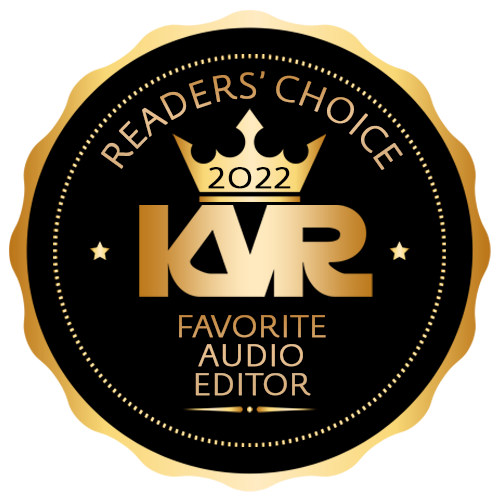Upgrade Licenses
U-Pianoteq 6 -Stage Upg
| Operating System | Latest Version |
|---|---|
| 8.3.2 | |
| 8.3.2 | |
| 8.3.2 |
The Pianoteq Standard version offers several powerful tools for sound shaping and recording. It is a natural choice for the semi-professional musician who wants to adjust unique physical parameters such as unison with, microtuning, hammer hardness, soundboard and string length. It also lets you position up to 5 microphones around the instrument and to choose from a selection of different microphone brands.
The possibility to shape the sound through physical parameters is an extraordinary feature that cannot be found in any other piano software. With just a few mouse clicks, you can achieve things that would require hours, or even weeks, by piano technicians to adapt on real acoustic pianos.
Some things can hardly be done in the real world, such as changing the string length from a mini grand of 1m/3.3ft to an imaginary giant grand of 10m/33ft. You can even modify the mechanical properties of the soundboard. New exciting possibilities open up as you explore the parameters and discover sounds that you have never heard or thought of before.
Presets from the FXP Corner.
Users of the standard version can make fully use of all exciting presets created by other users (available in the FXP corner), including those created by Pianoteq PRO 6 users: any preset created with Pianoteq Standard 6 or Pianoteq PRO 6 produces exactly the same sound in Pianoteq Standard 6 and Pianoteq PRO 6.
Microphones setting.
Similar to what professional audio engineers do when recording, you can place up to 5 microphones anywhere around the instrument in a separate illustrative interface. By adjusting microphones, you are able to quickly adjust the color and presence of the sound.
Fifteen directional microphones of well-known brands are modelled, increasing the palette of available sound colors.
A mixer is available for combining the microphones into 5 output channels, with the possibility to adjust separately level and delay. In binaural mode, for headphone usage, a head model is used for simulating the sound heard by a person located where the head is placed in the interface. The head can be rotated in any direction and even its size can be changed.
Features in short:
Reviewed By zisser [all]
January 13th, 2024
Version reviewed: 8 on Windows
This is one of the best pianos out there. It's not samples and instead they are physically modelled.
The same engines can run other instruments as well such as guitars, steel drums, harp, electric piano and more.
Here is a quick overview covering the basics.
Read Review $99.00RX 11 Elements
$99.00RX 11 Elements $929.00Pianoteq Studio Bundle
$929.00Pianoteq Studio Bundle $399.00Pianoteq Pro 8
$399.00Pianoteq Pro 8 $139.00Pianoteq Stage 8
$139.00Pianoteq Stage 8© KVR Audio, Inc. 2000-2024
Submit: News, Plugins, Hosts & Apps | Advertise @ KVR | Developer Account | About KVR / Contact Us | Privacy Statement | Sell @ KVR | KVR Marketplace Terms & Conditions